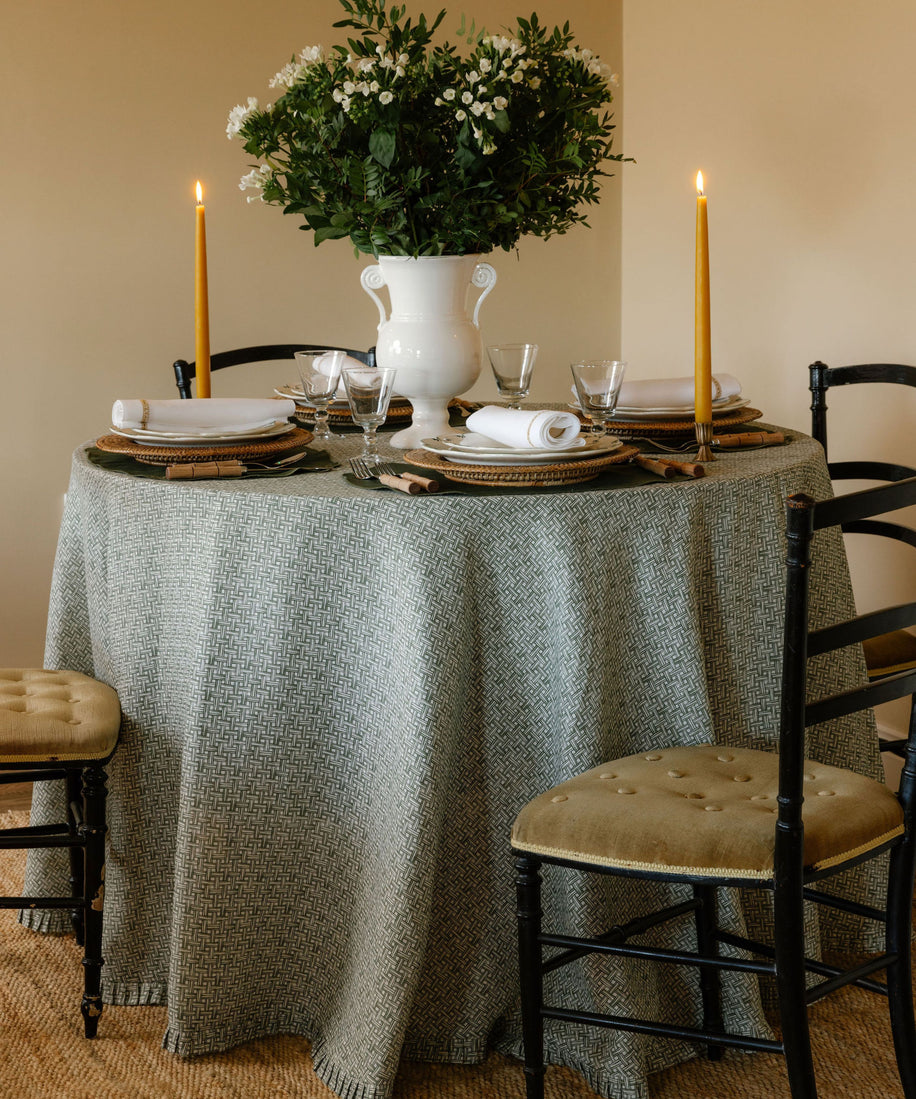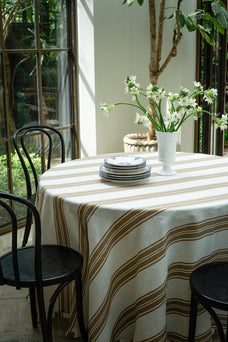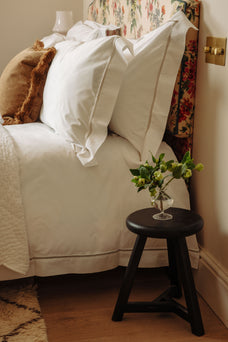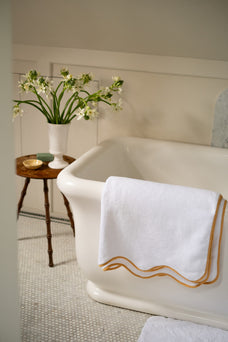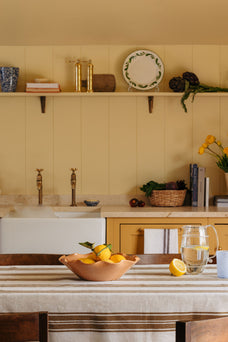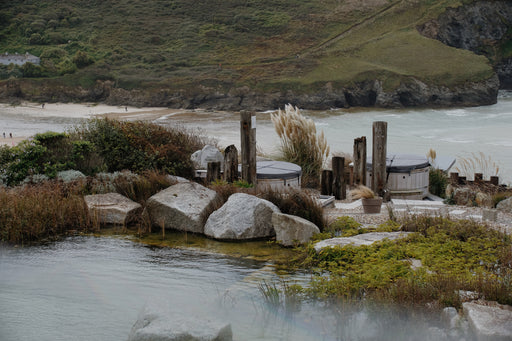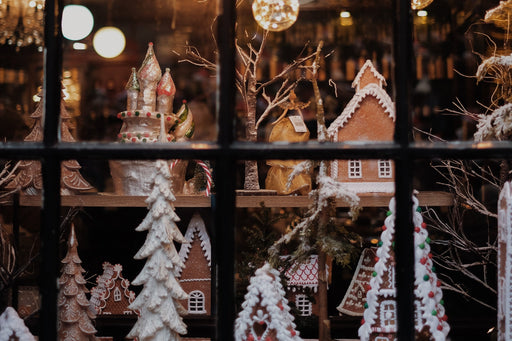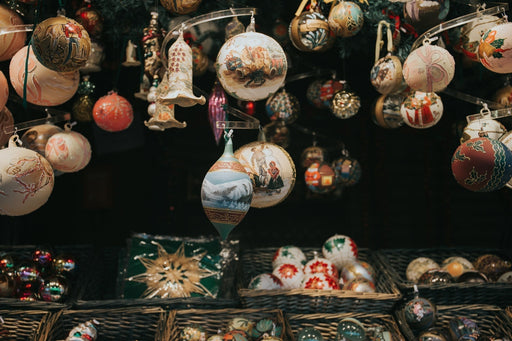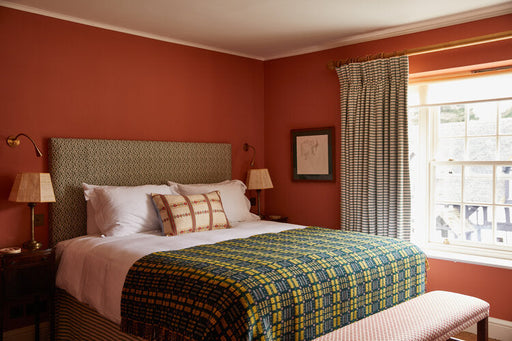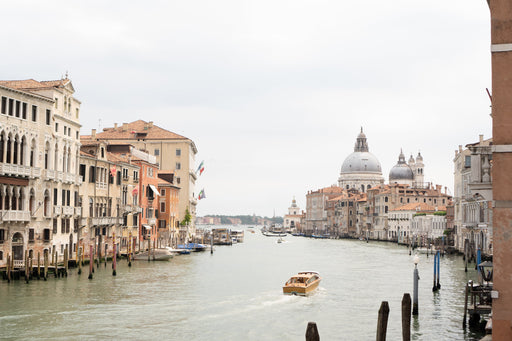Known for its Renaissance art and architecture, Florence is a must-visit destination for anyone with a love of culture. The Duomo, Michelangelo’s David and Botticelli’s The Birth of Venus are three of the city’s most enticing attractions, but there is much more to see here – especially if you’re a culinary connoisseur.
We like to give tried and tested travel recommendations and couldn’t think of anyone better to research and write our Florence guide than our colleague Wendy Otterburn-Hall. Wendy and her husband Viv’s travels are often focused around food and wine, as Viv has spent many years working in the wine industry. He lived and worked for several years in the Champagne region of France, and is now an independent wine consultant. The couple visited Florence for the second time this past September, compiling this detailed guide following their trip. Wendy previously studied Renaissance art, and spent a significant amount of time on both of her trips absorbed in the masterpieces housed within the Uffizi gallery. On this recent trip, the couple also visited Siena, located just an hour’s drive away. Known for its medieval architecture and UNESCO World Heritage Site historic centre, they also uncovered plenty of hidden gems here by striking up conversations with local residents.
Read on for Wendy’s guides to Florence and Siena.
Florence
Famous for its Renaissance architecture and classic art treasures, Florence is a vibrant city that today retains much of its tradition, especially with its artisan heritage. Beautifully located on the River Arno, against a backdrop of Tuscan hills and vineyards, Florence today is much more than a museum. It is world-renowned for the quality of its fashion, leather, fine paper, modern art and sculpture.
Having last travelled to Florence during a balmy but busy September, my advice is to travel there in spring or early autumn when the narrow streets are less crowded and the stifling heat of the summer has cooled.

Where to stay in Florence
We chose to stay in the very heart of the city at the Brunelleschi Hotel, situated in a quiet courtyard a stone’s throw from the magnificent Duomo. The nearby streets are packed with boutiques, bars and restaurants but the Brunelleschi offers a calm, stylish retreat. Although occupying one of the oldest buildings in Florence, the hotel has an intimate Michelin-starred gastronomic restaurant in its tower and a contemporary osteria and bar next to the lobby.
Also highly recommended is the Helvetia e Bristol. Again, in the very heart of the city, it occupies a small and beautifully restored palazzo. The Cibreo Bar, with its distinctive yellow Siena marble interiors is a beautiful space to visit for a pre or after-dinner cocktail.

What to do in Florence
Of course, no visit to Florence would be complete without taking time to appreciate some of the city’s artistic treasures. We made a pre-booked return to the Uffizi Gallery where I was able to rediscover the beautiful works of Sandro Botticelli. On a previous visit, many years ago, I spent three days in this place! This time it was edited highlights only but just as breathtaking.
Fashion lovers should visit the Museum of Costume and Fashion, housed inside the vast complex of the Pitti Palace, across the wonderful but always crowded Ponte Vecchio. On show are glamorous gowns and accessories from the 1500s to the present day, including custom-made Florentine bridal gowns and vintage Gucci, Versace and Prada.
I always love to visit a market and Florence boasts a spectacular one dedicated to all things edible. Il Mercato Centrale is a vibrant showcase of the very best Tuscan produce. On the ground floor is a maze of vendors selling everything from fresh meat, to fresh pasta. Stalls are piled high with cheese, charcuterie, fruit, vegetables and wine. The upstairs glasshouse is like a giant Italian canteen – with every kind of food cooked and served on site, to be eaten at communal tables. There is even a chef school on the premises.

Where to eat in Florence
We ate and drank a lot in Florence! The local speciality is Bistecca alla Fiorentina and it’s hard to miss the thick T-bone steaks on show in most trattorias. Not for the faint-hearted, the meat is lightly seared on both sides and is served one way: rare. Paired with crispy, rosemary potatoes and local white beans, it is a meat-eater’s paradise.
It’s hard to find bad food in Florence but it is worth getting away from the obvious tourist hot spots and seeking out a more authentic Tuscan food experience. I always recommend using the concierge in your hotel to point you in the right direction if you are new to a place. We ate and drank memorably at the following:-
Osteria Vini e Vecchi Sapori, Via dei Magazzini
A tiny place serving traditional Tuscan dishes. The menu is hand-written. It gets very busy and be prepared to be asked to share a table.
Osteria da Giovanni, Via del Moro
A wonderful place full of locals as well as a few tourists. Unusually, there was a good representation of fish on the menu, plus my absolute favourite stuffed zucchini flowers.
Il Paiolo, Via del Corso
Conveniently located opposite our hotel. Traditional Tuscan fare, served in a refined, romantic, candle-lit setting.
Buca Lapi, Via del Trebbio
Reputedly the oldest restaurant in Florence, founded in 1880 by Signore Lapi, situated in the cellars of the Palazzo Antinori. A feast for the eyes as well as on the plate as the walls and vaulted ceilings are papered with vintage travel posters. We were lucky to be visiting as the mushroom and truffle season was getting underway – the porcini with fresh pasta was sublime.

Where to shop in Florence
One of the joys of visiting a small city such as Florence is wandering the streets and discovering interesting shops selling artisan crafts. The smell of leather goods is intoxicating in some areas and if bags, shoes and gloves are your thing, you will be in heaven.
Il Papiro have a couple of shops in Florence selling beautiful paper goods. Their notebooks, journals and diaries all with hand-marbled covers or note cards embossed with your initials make lovely gifts. You can read more about the city’s involvement in the rich history of marbling in this journal article.
A visit to Officina Profumo Farmaceutica di Santa Maria Novella, was an amazing experience. From the gorgeous dried flower festooned windows and ceiling in the entrance to the exquisite hand-painted ceilings and wallpaper, it provides sensory overload. The main reason to visit this elegant apothecary is to try, then buy, their scented products – perfumes, hand creams, soaps, wax wardrobe tablets, and their famous scented terracotta room fragrance in the shape of a pomegranate.
Once you have battled your way across the Ponte Vecchio, the Altrano has a more authentic, local atmosphere. This is an area to wander and discover shops selling antiques, hand-crafted jewellery, and traditional Tuscan linens at Le Telerie Toscane (where I just had to buy napkins with a grape design).

Where to drink in Florence
Needless to say, we worked up quite a thirst on many occasions. Coffee stops and spritz stops were a welcome break and an opportunity to rest our weary feet whilst enjoying a spot of people-watching. One such stop for a cool drink was at the roof-top terrace bar of La Rinascente department store which overlooks the Piazza della Repubblica. The ideal spot to enjoy an Aperol Spritz with a panoramic view of the rooftops of Florence and almost within touching distance of the Duomo.
Finally, given its location, surrounded by some of the finest vineyards in Italy and just a step away from the famous Chianti region, it would be an error not to mention the local wine. There is no shortage of bars however we had fun searching for the Wine Windows of Florence on the exterior walls of many old palazzi.
Our local guide explained the history of the wine windows: in 1559 Cosimo de’ Medici decreed that noble families could sell the wine from their vineyards out of their palaces in the city. The nobles didn’t want local undesirables entering their courtyards, so they introduced a clever alternative – the wine window. The Buchette del Vino were at street level on the exterior wall of the palazzo, close to the wine cellars. They have small wooden doors, instead of glass, so no one could peep inside. The customer would knock on the small door and wait for a servant to bring them a glass or wicker bottle of wine. Many of the wine windows have been sealed or lost during renovations to transform the palazzi into hotels. However you can still find some around the city. A few have become tourist hot spots, actually selling wine through the window, but many go unnoticed, except by the keen-eyed. Cin Cin!

Siena
A little over one hour away by car (70km) in the heart of Tuscany, lies the amazingly well-preserved medieval hill-top city of Siena, where we chose to spend the second part of our stay. Encircled by huge ramparts, Siena is steeped in history, art and mystery. The joy of this place is that everything is within walking distance. However, the climb up and down steep, cobbled streets requires some effort and comfortable shoes.
Most people associate Siena with the world famous Palio di Siena bareback horse race which is run twice a year around the main square (which is actually shaped like a fan). Unless you are wanting to see the race and have a ticket, I would advise not visiting during this period. The race season begins with trials at the end of June and the actual races are run on July 2nd and August 16th. The majority of the 60,000 strong crowd is likely to be locals, passionately supporting the horse representing their local neighbourhood or contrada. The 17 contradas are named after animals, each with its own flag and colours which decorate the streets of Siena throughout the year. Look out for these fluttering above you as you wander through the streets. Also look out for sets of small wooden balls (barberi) painted in the colours of the contradas and used by children to play a game.

Where to stay in Siena
We chose to stay at the Grand Hotel Continental, which is very central and a five minute walk from the Piazza del Campo, where the Palio takes place. This converted 17th Century palazzo oozes old-school charm and sophistication with a dash of contemporary style in the form of a glass-domed atrium which is home to the bar and restaurant. The hotel also boasts an underground wine cellar which hosts wine tastings and private dining experiences.

What to do in Siena
Having travelled through the Tuscan wine region to reach Siena, we had whet our appetite for wine tasting. There are many opportunities within Siena itself or it is possible to arrange visits to local producers in the countryside. Red wine from Montepulciano and white from San Gimignano were two of our favourites. It is hard to find a bad drink in Tuscany!
If you visit no other cathedral, the Duomo in Siena is certainly the one to see. It is outstandingly beautiful with its ornate facade and black and white marble stripes. The marble floor mosaics inside are simply stunning. Look for Romulus and Remus and the ten wise women.

Where to eat in Siena
We ate extremely well in Siena. Our favourite restaurants were:
Enoteca Il Terzi, Via dei Termini
A stylish wine bar/restaurant situated in a vaulted brick space. A fantastic wine selection and beautifully presented food, including daily specials.
La Taverna di San Giuseppe, Via G. Dupre
An atmospheric restaurant with a unique rustic setting, frequented mainly by locals. We were lucky to be dining at the same time as the winning jockey of the July Palio, now a local hero! Wonderful food, wine and service.

Where to shop in Siena
Shopping in Siena is a real pleasure, with shops radiating out from the main piazza. I brought home some lovely practical souvenirs which will be used to elevate my dining table for years to come. I had been searching for some steak knives and forks and found a beautiful set in Toscana Lovers on Via Delle Terme. This is a treasure trove of gorgeous artisan homeware, all produced in the Tuscany region. Think colourful table linens, linen tea towels, soaps, candles, rustic ceramics and cutlery. The cutlery is made just outside Florence and is available with either wooden or horn handles. I selected horn and arranged for them to be shipped home.
I discovered a wonderful ceramic shop named Riproduzioni d’Arte Senese further along the same street. Here, Valentina Faleri creates fine ceramics, many based on traditional Medieval and Renaissance designs. However, it was something more contemporary that caught my eye, in a range created from black clay and based on motifs found inside the cathedral. I purchased a selection of platters and love that I will have a permanent reminder of Siena and its dramatic Duomo. Again, I arranged for the ceramics to be shipped home.

Three local tips for visiting Siena
We loved Siena because it felt so much more than just a sightseeing destination. We really felt that we had experienced a way of life, especially when chatting to local people and taking time to explore the back streets of the neighbourhoods. Three local discoveries which have particularly stuck with me are:
Pici pasta is a hand-rolled rustic pasta made in the Siena area which complements traditional ragu sauce. I sampled three different pici dishes with rabbit, guinea fowl and wild boar.
On the morning of the Palio races, the main church in each contrada holds a special service to bless the participants. The horses are actually led into church to receive their blessing!
Finally, as a lover of an Americano cocktail, I was introduced to the Milano-Torino in Siena. Apparently it was created with Campari and Rosso Vermouth before the Americano or the Negroni came along. All I can say is delizioso!



